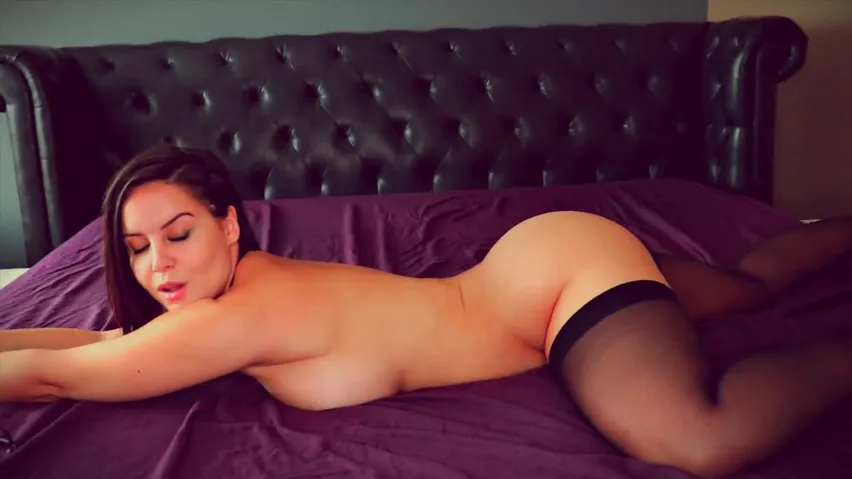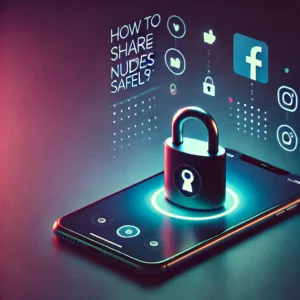
Erotic photography has been an essential aspect of human expression throughout history. From the earliest artistic depictions of the human form to the modern-day sharing of nudes, the fascination with and appreciation for the naked body has been a constant. This blog post will take you on a journey through the history of erotic photography, from its inception to the digital age, exploring how it has evolved and its impact on society.
The Early Beginnings: 19th Century
The invention of the daguerreotype in the 1830s marked the birth of photography. However, it wasn’t long before artists and photographers began to experiment with the medium to capture the beauty of the human form. Early erotic photography in the 19th century was often created for private consumption or as “artist studies” to assist painters and sculptors in their work. These images were considered both art and erotica, often featuring women posing in classical or mythological scenes.
The Golden Age: 20th Century
The early 20th century saw a rise in the popularity of erotic photography, with the advent of pin-up culture and the birth of glamour photography. Pin-up images featured attractive women in seductive poses, often wearing lingerie or bathing suits, and were typically displayed on calendars, postcards, and magazine covers. Glamour photography, on the other hand, focused on capturing the sensual beauty of the human form and often featured nudity. The work of photographers like Bunny Yeager and Helmut Newton brought erotic photography into the mainstream, challenging societal norms and pushing the boundaries of artistic expression.
The Sexual Revolution and Beyond
The sexual revolution of the 1960s and 1970s played a significant role in further popularizing erotic photography. As societal attitudes towards sexuality and nudity became more liberal, the demand for erotic imagery grew. This period saw the emergence of magazines such as Playboy and Penthouse, which celebrated the beauty of the female form and showcased erotic photography as an art form. These publications not only offered a platform for talented photographers but also helped to destigmatize nudity and open up conversations about sexuality.
The Digital Age: Modern-Day Sharing
The advent of the internet and digital technology has had a profound impact on erotic photography. The ability to share images online has made it possible for anyone with a camera or smartphone to create and distribute their own erotic content. This democratization of the medium has led to an explosion of creativity and a new era of self-expression. From amateur photo-sharing platforms to professional content creators, the internet has provided a space for diverse voices and perspectives to be heard.
At the same time, the digital age has also raised concerns about privacy, consent, and the potential for exploitation. The ease with which images can be shared and disseminated has led to issues such as revenge porn and non-consensual image sharing. As a result, it’s more important than ever for individuals to be mindful of their digital footprint and to engage in responsible and ethical sharing practices.
Conclusion
The history of erotic photography is a fascinating journey that mirrors the evolution of society’s attitudes towards sexuality and artistic expression. From its early beginnings in the 19th century to the modern-day sharing of nudes online, erotic photography has continually pushed boundaries and challenged norms. As we continue to navigate the digital age, it’s crucial to respect the artistic and personal nature of this form of expression while also being mindful of the ethical considerations that come with sharing intimate content.
Ultimately, the allure of erotic photography lies in its ability to capture the beauty, vulnerability, and sensuality of the human form. As long as there is a desire for self-expression and an appreciation for the artistry of the medium, erotic photography will continue to be an integral part of our culture and history.




